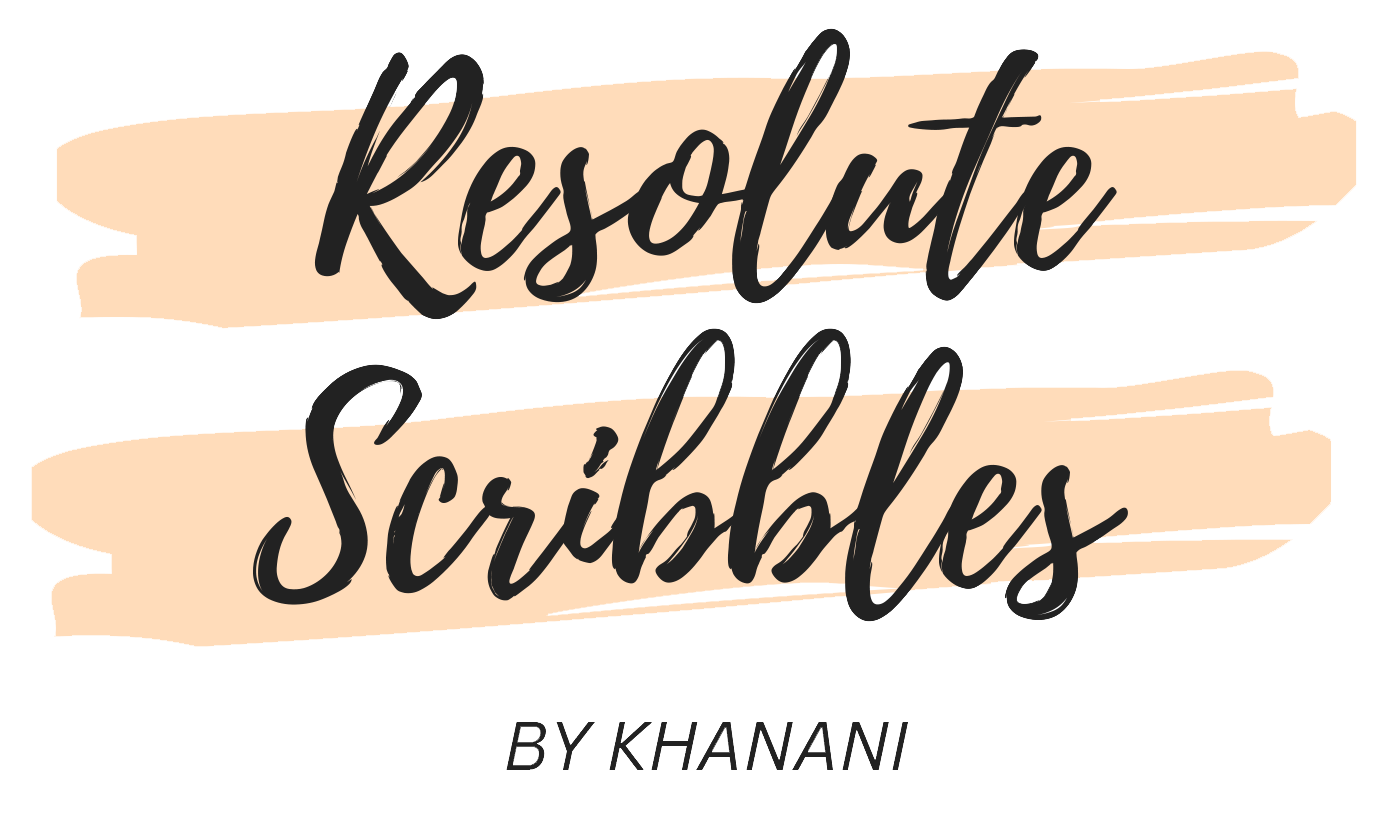The years had passed in peace since the end of the war, yet all of them suspected that peace would not last. They’d listened to the canon fire for so long that the quiet made them anxious, waiting for worse to come.
Excerpt from Conjure Women by Afia Atakora, audiobook narrated by Adenrele Ojo
Set between the 1850 slavery era and the 1900 post-slavery/freedom era, Afia Atakora narrates a tale of two women whose craft in witchery and traditional healing or conjuring cultivates in the slavery era and the repercussions of this craft in the post-slavery era.
May Belle, a slave in Master Charles’ homestead, is given preferential treatment because she can conjure up cures for both white and black folk in his household. However, in a bid to protect the slave girls and herself from pregnancies caused by rape, she has a conjure that prevents them from giving birth. May Belle is, however, linked to a slave from a different farm with whom she falls in love. She seeks to preserve the face of their love by having a daughter, Rue. Master Charles ensures that she teaches her daughter how to protect the strength of the slaves working his farms.
The 1850 slavery setting is a flashback that is narrated from different points of view of the characters. It mainly focuses on how they dealt with the pressures, the need to survive or escape from their slave masters, and their resort to religion for comfort amidst their pain. It also explores the fear entrenched within the slaves by their masters and the recurrent trauma from gunshots, even in freedom time.
This period further enhances the relationship between Rue and Master Charles’ daughter, Varina. Their companionship and friendship are key themes throughout the book, tying them to the land long past freedom time.
Afia Atakora’s descriptive writing style sets the scene for the reader’s imagination, highlighting the conflict between traditional practices and the rise of faith and religion. Rue grapples to adjust to the changing times and is caught between the traditions of her mother and community during slavery and her newfound faith. Afia also delves into the heavy theme of slavery in a way that deeply resonates with the reader, evoking empathy and compassion.
In the end, the characters must navigate healing and forgiveness after the era of slavery, especially with the reintegration of their black/slave communities with the communities of their former masters.
The book concludes with the freed slaves leaving their communities. Despite Rue’s illness, she is now free from the curse of her land and her mother.
***
Although the book was weighty, I’d recommend it for its informative and historical value regarding the slavery era.
Please feel free to share your thoughts on the book if you’ve read it. Also, would you consider adding it to your To Be Read (TBR) list if you haven’t read it yet? You can additionally purchase a copy of your hard cover or paperback through my Amazon affiliate link at https://amzn.to/3VwaIBe.
Happy reading.
